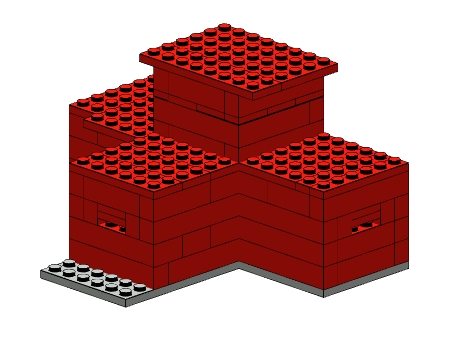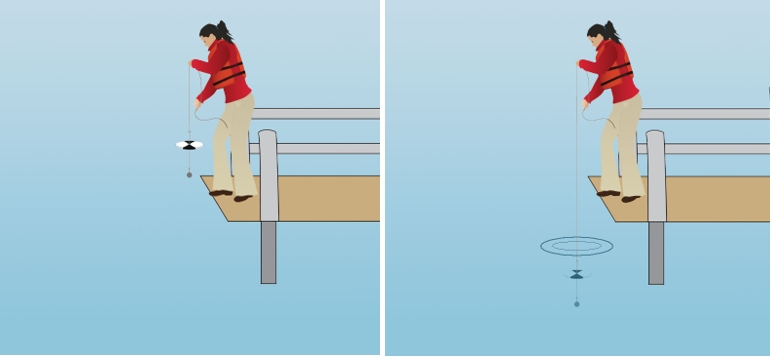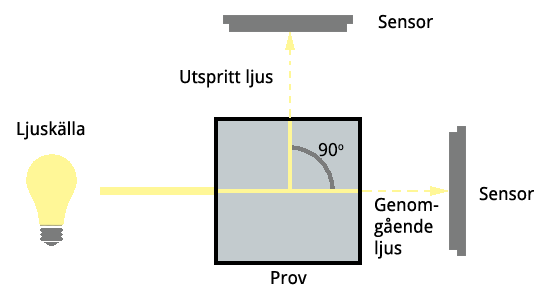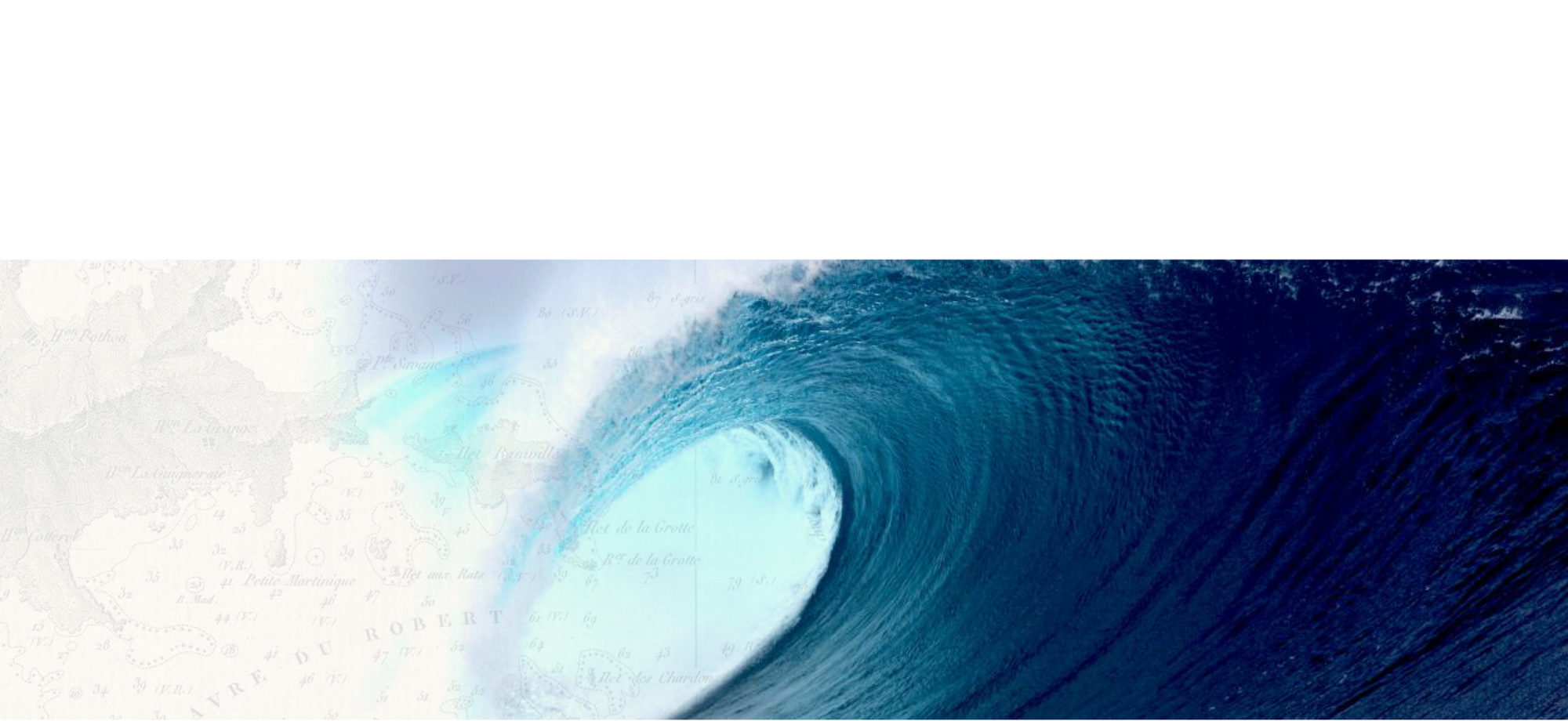
In our Github are building descriptions, diagrams and finished program code for this Turbidimeter.
Turbidity is a concept we all know but, Turbidity is perhaps not as well known. Turbidity is a measure of the amount of dissolved particles in a liquid. It is not just the amount of particles that affect how we experience water turbidity, but also color particles, and shape.
One can measure the turbidity in several ways. One of the simplest methods is to lower a disc into the water and determine the depth at which the disk disappears from sight (figure 1). This method of determining the visibility depth in a lake or in the sea is over 150 years old and the disc used is called secchiskiva by Angelo Secchi, who invented the method.

Another way to measure the turbidity is to highlight a water sample with a light source. It then uses sensors that measure both the light passing through the sample and also light scattered perpendicular from the light source (figure 2). After the measurement of the light scattered and light transmitted can calculate the ratio of the values and there will be a measure of the sample's turbidity.

